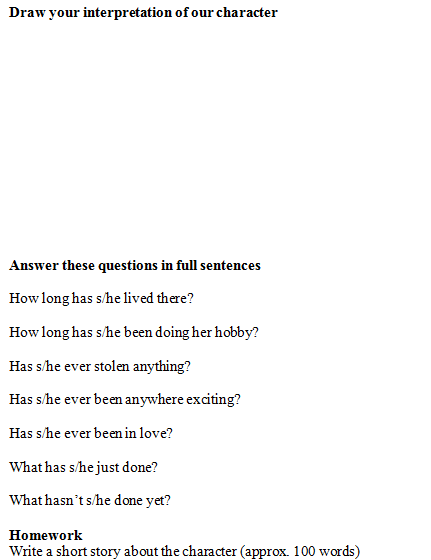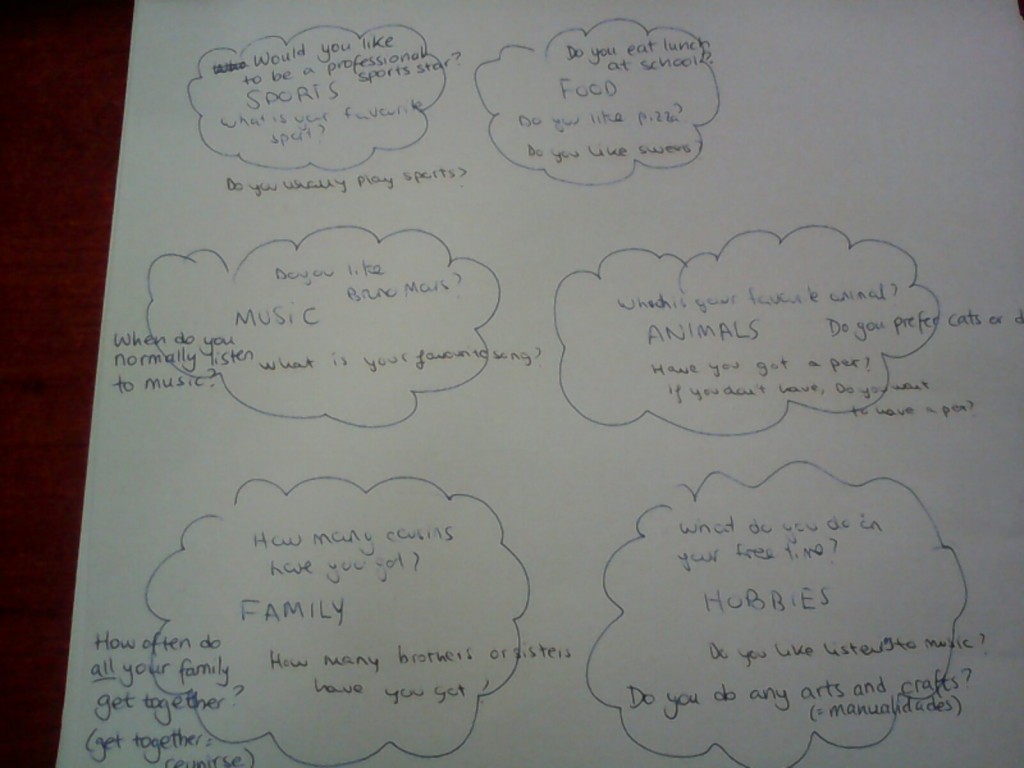“genuine and meaningful communication”
Genuine and meaningful communication between learners takes place
This is one of the criteria in the DipTESOL assessed teaching unit – what does this mean and how can we ensure it occurs in our lessons?
Perhaps we should first look at the two adjectives used in the criterion: genuine and meaningful. By genuine, I understand natural, honest and authentic communication; by meaningful, I understand that there is a purpose for communication.
The question is whether the communication which takes place in our classes is genuine and meaningful. It could be argued that communication which takes place in the EFL classroom is meaningful as we are practising TL, though that doesn’t necessarily mean that the language being produced is genuine.
The key is to find ways of personalising the TL and context of our lessons. Here are some ideas:
- In grammar activities, such as Las Vegas Grammar, use the learners’ names in the sentences – this increases their engagement in the activity and you can extend the task by guessing whether the sentences are correct or not after correcting them.
- Provide identifiable contexts for language – a group of Spanish teenagers may not be interested in what Japanese teenagers like listening to in their free time, so either change the context or allow the learners space and time to give their opinions or contrast the context to their own.
- Make all TL personal – this is easier than you may think. Whatever the TL, you can generally ask one of the following questions: “Do you have…?”, “Do you like…?” or “What do you think about…?”
A second aspect of the DipTESOL criterion worth mentioning is the word between – depending on the age of your learners, there may be more or less interaction between them and I do know people who have chosen YL groups for their DipTESOL assessed lessons. It would be interesting to know whether classroom language qualifies as “genuine and meaningful communication between learners” as there may be more natural communication in this respect than in practising the TL of the lesson. This also leads on from my previous post on making the class less teacher-centred as by encouraging communication between learners we can give them more of a voice and more responsibility for their learning.
Here are a couple of other blogposts worth reading on the topic of personalisation:
A Matter of Confidence – Personalising



